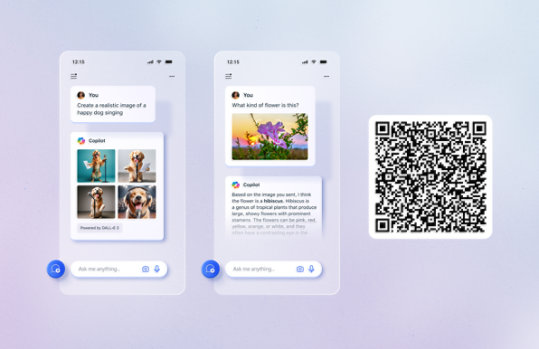Unlock your potential with Microsoft Copilot
Get things done faster and unleash your creativity with the power of AI anywhere you go.

Microsoft SharePoint Foundation 2010 Technical Library in Compiled Help format
Downloadable CHM version of SharePoint Foundation 2010 content on TechNet.
Important! Selecting a language below will dynamically change the complete page content to that language.
Version:
14
Date Published:
10/7/2013
File Name:
SharePtFound2010.chm
File Size:
5.2 MB
Important, before you download:- If the topics in this file do not appear as you expect (you see "Page cannot be displayed" or "Action canceled," for example), see the Instructions section on this page.
- This guide is a compiled Help file and opens in HTML Help.
- This content is also available on the Web.
The SharePtFound2010.chm is a downloadable CHM that includes content in the Microsoft SharePoint Foundation 2010 technical library. The CHM is current as of the date above. For the latest information, see the technical library on the Web.Supported Operating Systems
Windows 7, Windows Server 2003, Windows Server 2008, Windows Vista, Windows XP
Your computer must be running an operating system that can open compiled help files.- Click the Download button in the upper right corner of this page to start the download.
- Click Save or Save this program to disk.
- Find the file on your hard disk and double-click it to open it.
Known Issue: Text in file does not appear as expected
The text in this file might not appear as expected. The messages "Navigation canceled," "Action canceled," or "The page cannot be displayed" might appear.
To open this file to view the text- Click Download.
- In the File Download dialog box, click Save.
- Use the Save As dialog box to save the file to your computer.
- Find the file on your computer, right-click it, and then click Properties.
- Click Unblock, and then click OK.
- Double-click the file to open it.

Follow Microsoft